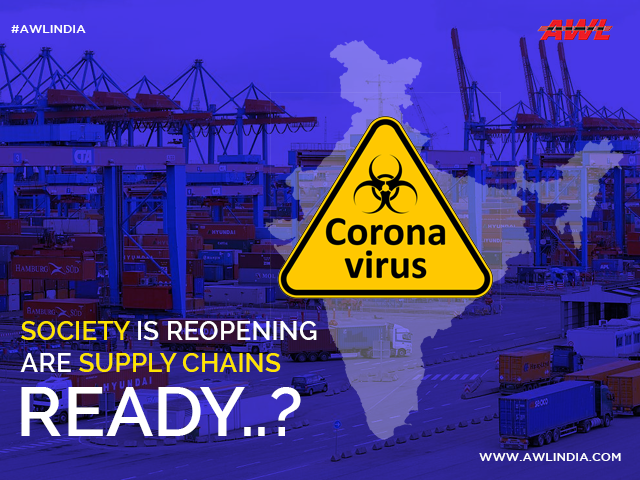

India's GDP has contracted approximately 5% since the outbreak of coronavirus. With a huge population and 49% of daily wage workers, the lockdown resulted in crashing the country’s economy. A complete lockdown is unaffordable for India as most part of the Indian population depends on daily wages. Even a one-day lockdown can risk the food supply chain, cost the livelihood of million citizens, and can throttle every business.
While the production of staples and other essentials had continued, the distribution chains was disrupted due to lockdown and other safety issues. To maintain a stable economy, the government decided to reopen the society for all types of activities. However, is the Indian supply chain ready for this reopening?
The disruption in the supply chain seems to continue as the safety guidelines have implemented a few restrictions on supply chain operation. People are still in a dilemma of whether to step out and resume normal activities or not. The consumption of cleaning essentials, disinfectants, daily essentials has increased while the readymade food, purchase of fabrics, and products have decreased. This has created uncertainty on what goods to be supplied in what quantity.
A few goods arrive late and are damaged due to a lack of laborers and other issues. It is necessary to understand and get a clear idea of the demand of products in order to maintain a stable supply chain. In the current situation, the demand is uncertain and messy. This has broken down the critical supply chain of the country.
The current impact of COVID-19 has the potential to have long-lasting effects on the logistics and supply chain industry. Organizations can no longer rely on the same old response plans to keep their business running during such unprecedented events. Investing in the latest digital technologies and implementing innovative solutions like shared warehousing to stock inventories and deliver goods with higher efficiencies could be a game-changer.

